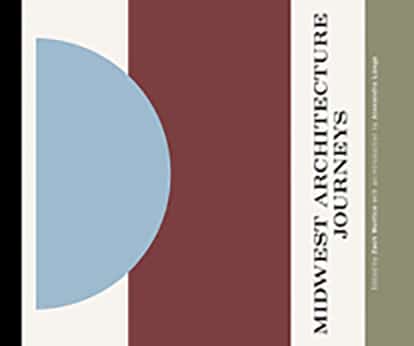Edited by Zach Mortice, 256 pages, Nonfiction, Belt Publishing, Hardcover, $40
In 1819 a group of Army engineers conducted a survey of the mounds of St. Louis that were constructed by indigenous inhabitants of the region hundreds of years before Europeans arrived. There were twenty-five mounds. The last of them, Big Mound, was leveled to facilitate railroad construction in 1869. With it, the Gateway City lost the last of its first architectural marvels.
Luckily the mounds in nearby Cahokia, now a UNESCO World Heritage site, were preserved. Jordan Hicks, in his essay “Out of Earth: The Cahokia Mounds and the Radix of Midwestern Monuments” helps contextualize their significance.
“The mounds are North America’s permutation of Stonehenge or Chichen Itza or Luxor—human presence made mineral. That they were crafted from soft earth makes them no less stunning, and it is deeply sad that they are not celebrated like their distant counterparts.”
It’s fitting that Jordan’s essay appears at the beginning of Midwest Architecture Journeys, because like the mounds themselves, it provides a jumping off point for all the architecture in the region that came after it.
Midwest Architecture Journeys takes readers on a tour of the structures of the region. While the book contains famous names like Frank Lloyd Wright and Bruce Goff, it also shares the importance of more humble architectural fare such as grain silos, welcome centers, and flea markets.
St. Louis gets some heavy coverage in Michael R. Allen’s essay “‘The Projects’: Lost Public Housing Towers of the Midwest,” which dives deep into the lost legacy of the Darst-Webbe Apartments, the Wendell O. Pruitt Homes, and William Igoe Apartments, among others.
Architecture enthusiasts will certainly appreciate this title, as will anyone with an appetite for better understanding people and places through the structures we build in them.
Related Posts
Book Review: Prairie Wildflowers
Prairie Wildflowers provides a companion on journeys through Missouri’s grasslands and beyond.


